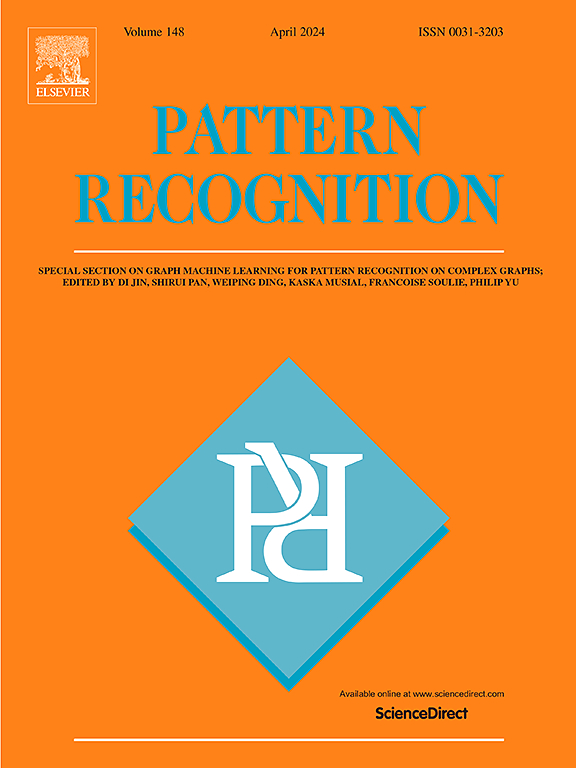DSDC-NET: Semi-supervised superficial OCTA vessel segmentation for false positive reduction
IF 7.5
1区 计算机科学
Q1 COMPUTER SCIENCE, ARTIFICIAL INTELLIGENCE
引用次数: 0
Abstract
Accurate vessel segmentation in Optical Coherence Tomography Angiography (OCTA) is essential for ocular disease diagnosis, monitoring, and treatment assessment. However, most current automatic segmentation methods overlook false positives in the segmentation results, leading to potential misdiagnosis and delayed treatment. To address this issue, we propose a Dynamic Spatial Semi-Supervised Vessel Segmentation with Dual Topological Consistency (DSDC-NET) for retinal superficial OCTA images. The network integrates a Dynamic Spatial Attention Mechanism that combines snake-shaped convolution, which captures tubular fine structures, with spatial attention to suppress background noise and artefacts. This design enhances vessel region responses while accurately capturing complex local structures, thereby reducing false positives arising from inaccurate localisation of vessel details. Furthermore, Dual Topological Consistency Loss integrates the Persistent Homology features of the vessel system with the topological skeleton features of major vessels, enhancing branching pattern recognition. A Warm-up mechanism balances the focus of the network between major and branch vessels across training phases, mitigating false positives from inadequate branching structure learning. Comprehensive evaluations on ROSE-1, OCTA-500, and ROSSA datasets demonstrate the superiority of DSDC-NET over existing methods. Notably, DSDC-NET effectively reduces the false discovery rate and improves segmentation accuracy, validating its effectiveness in reducing false positives.
求助全文
约1分钟内获得全文
求助全文
来源期刊

Pattern Recognition
工程技术-工程:电子与电气
CiteScore
14.40
自引率
16.20%
发文量
683
审稿时长
5.6 months
期刊介绍:
The field of Pattern Recognition is both mature and rapidly evolving, playing a crucial role in various related fields such as computer vision, image processing, text analysis, and neural networks. It closely intersects with machine learning and is being applied in emerging areas like biometrics, bioinformatics, multimedia data analysis, and data science. The journal Pattern Recognition, established half a century ago during the early days of computer science, has since grown significantly in scope and influence.
 求助内容:
求助内容: 应助结果提醒方式:
应助结果提醒方式:


